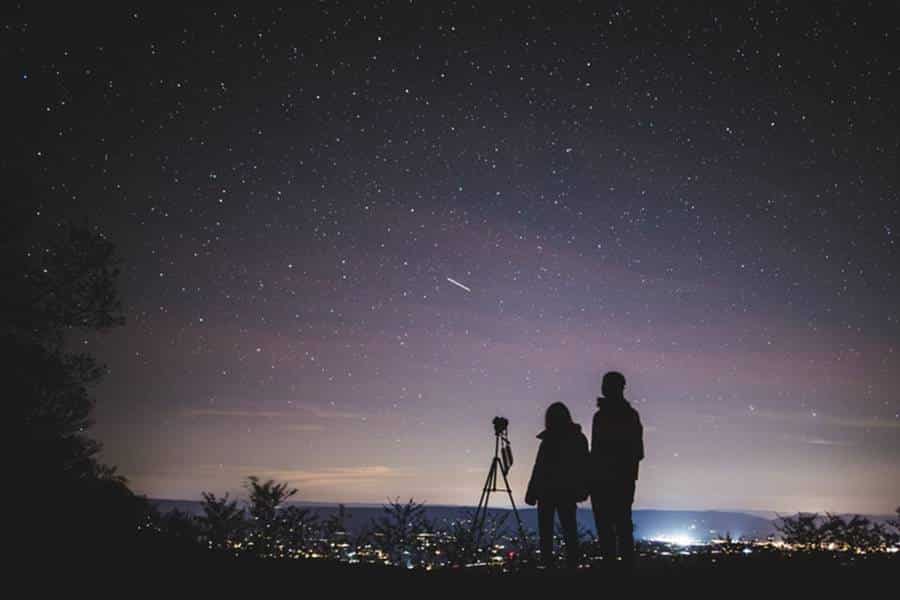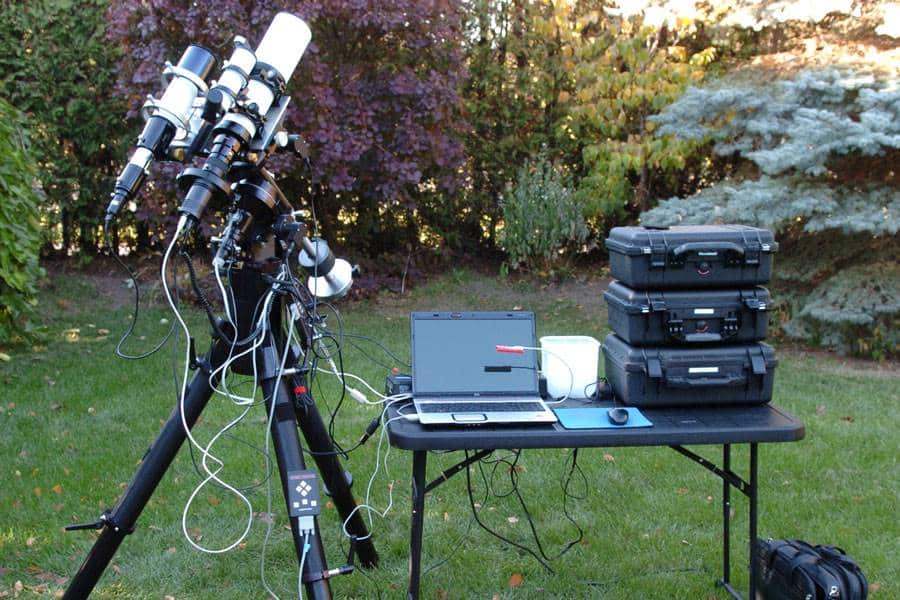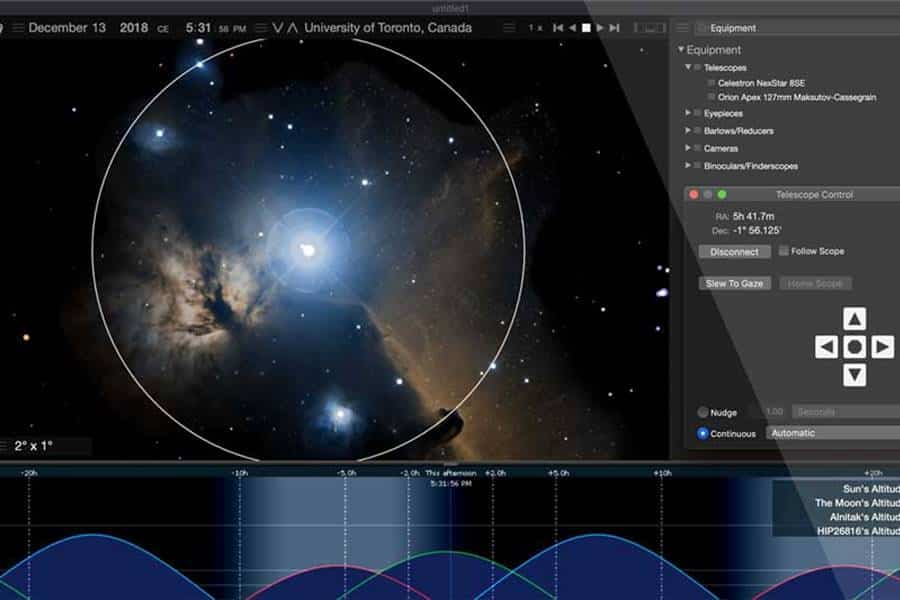Binning in astrophotography refers to a technique where multiple adjacent pixels in an image sensor are combined or grouped to form a single “superpixel.” This process can be performed either by the camera’s hardware or through software during image processing.
Binning offers several benefits in astrophotography:
Increased Sensitivity: By combining adjacent pixels, binning increases the effective size of the pixels, resulting in higher sensitivity to light. This can be particularly useful when capturing faint astronomical objects or in situations where a shorter exposure time is desired.
Reduced Noise: Binning reduces readout noise, which is inherent to the camera’s image sensor. Combining multiple pixels into a single superpixel averages out the noise, resulting in a cleaner and smoother image with an improved signal-to-noise ratio.
Faster Image Acquisition: Binning allows for faster image acquisition since fewer individual pixels need to be read out and processed. This can be advantageous when capturing time-sensitive events or when working with limited imaging windows.
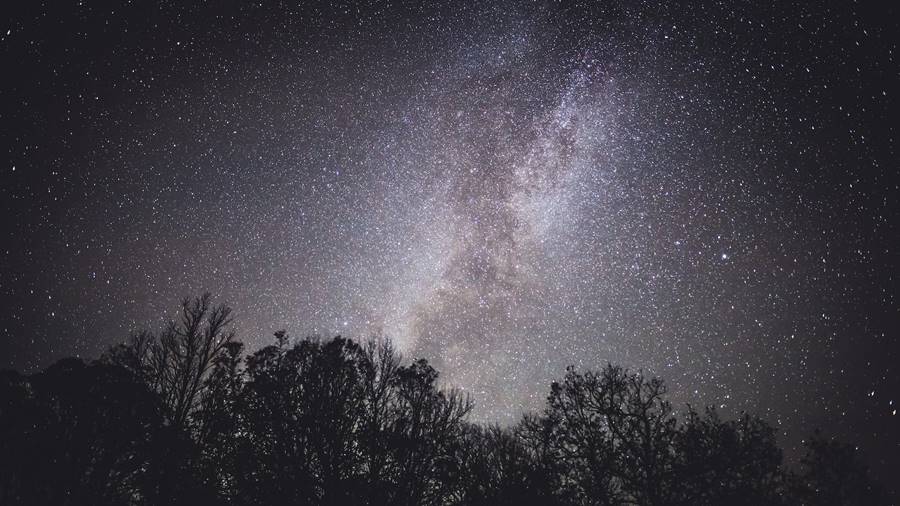
It’s important to note that binning comes with some trade-offs:
Reduced Resolution: Combining pixels through binning reduces the overall resolution of the image. The resulting image will have fewer pixels and less fine detail compared to an unbinned image.
Larger Pixel Size: Binned images have larger pixel sizes, which can affect the ability to capture fine details and resolve smaller objects in the image.
Loss of Image Scale: Binning can alter the image scale, making it different from the native scale of the optical system. This can impact the ability to accurately measure object sizes or distances in the final image.
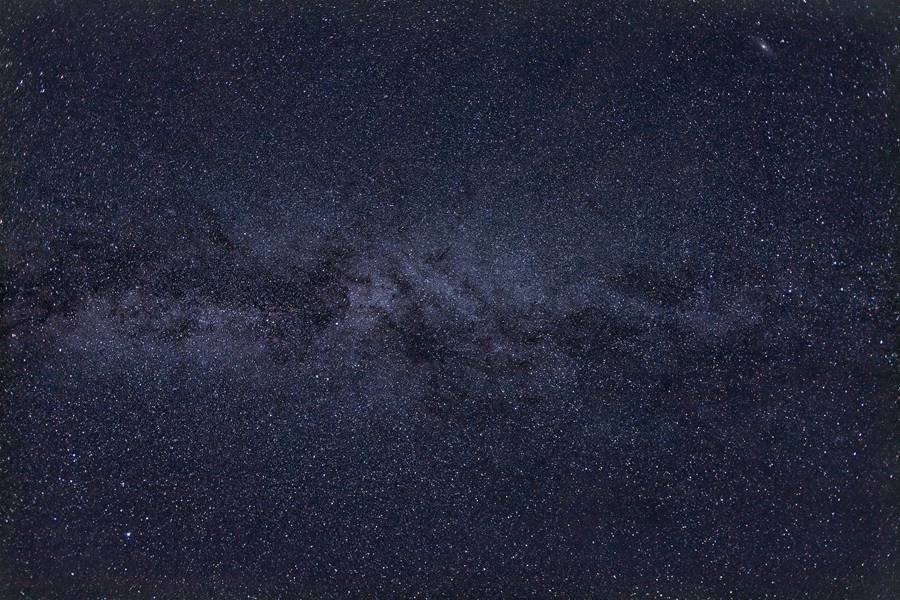
The decision to use binning in astrophotography depends on the specific imaging goals, conditions, and equipment being used. It’s often employed in situations where faster exposures or increased sensitivity are desired while accepting the trade-offs in resolution and image scale. Experimenting with different binning settings and assessing the impact on image quality can help determine the optimal approach for a given astrophotography project.
